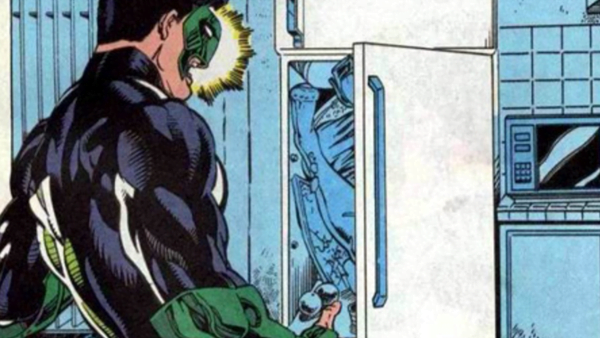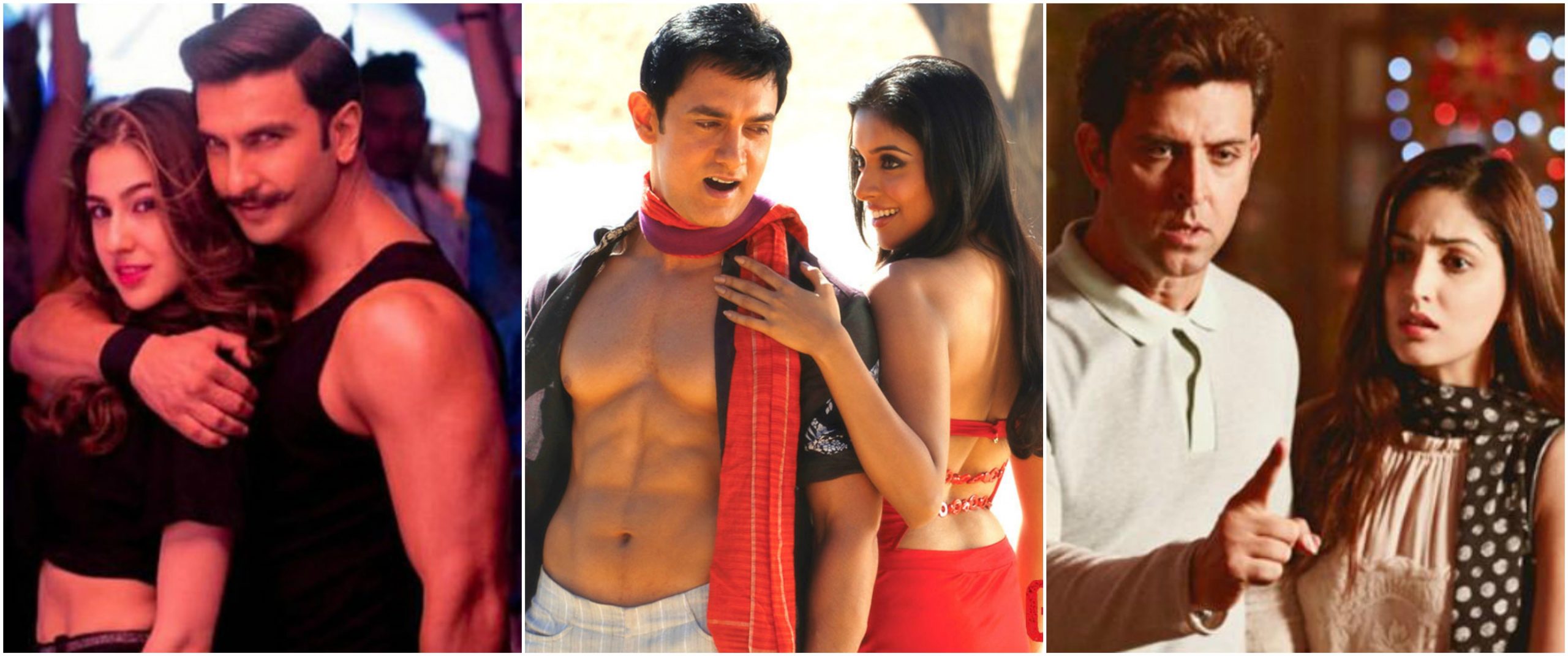Let’s play a game! I am about to briefly narrate the synopsis of a mainstream Bollywood movie. You have to guess the name of the movie. A female character is murdered, which leads to a character transformation in the hero, who decides to avenge her death. The hero relies, not on the judicial process or the law, but on his own brute strength. His justice transcends constitutional justice. The villain is killed in the end, and thus, justice is served to the long-dead female character! Guess the name of the movie… I agree, this round is very confusing. The movie could be Kaabil, but it could also be the Ranveer Singh starrer Simmba, or Ek Villain, or Badlapur, because all the above films have sacrificed their female characters.
Do We Sense A Pattern Here?
In all the aforementioned movies, the female characters are written only to further the male protagonists’ narratives. Their character sketches lack nuance, and are written only to be disposed off, in the first half of the film. Their deaths are trivialized, and are treated as mere plot devices. They are ‘sacrificed’ for the sake of the character development or character transformation of the male protagonists.
In all the aforementioned movies, the female characters are written only to further the male protagonists’ narratives. Their character sketches lack nuance, and are written only to be disposed off, in the first half of the film. Their deaths are trivialized, and are treated as mere plot devices.
In the movie Simmba, Sangram Bhalerao’s sworn sister is brutally raped and murdered. Once the violent scene of rape is depicted and done with, the film ceases to be about the victim. Instead, it revolves around Bhalerao’s attitude towards the crime and his character transformation from a corrupt, larger-than-life cop to an honest, larger-than-life one. Shubhra Dixit points out in her Firstpost article how the death of the victim is a necessary plot device for the film to remain an ‘entertainer’.
In fact, the film ends with a song-and-dance sequence. Ironically, the film which claims to deliver a social message, not only fails to ask pertinent questions about rape, but it also handles the issue with a complete lack of sensitivity and nuance. It glorifies extra-judicial killings, parallels of which can be seen in the real world presently, as in the case of the Hyderabad rape-murder.
Revenge Dramas And The Female Sacrifice
Bollywood has been obsessed with revenge dramas; from Ghajini to Ek Villain to Kaabil, multiple revenge dramas are churned out every year. So much so, that the storyline has become formulaic. The male protagonist’s love interest dies, and he avenges her death by killing the murderer.
In the three aforementioned films (in Simmba as well), the female characters are written in a very unidimensional manner. They are depicted in relation to the male protagonist, and very little to nothing is shown about their personal lives. I agree, in Ek Villain, we are shown glimpses of Ayesha’s life before she dies, but almost all the scenes are shot from the hero’s point of view; how he ‘needs’ her, how he feels about her having a terminal illness, how happy he is when she is miraculously cured, how angry he gets when she dies.
Also read: Why Do Bollywood Movies About Women Have Male Protagonists?
The character sketches of the female characters who ultimately die in Ghajini, Ek Villain and Simmba, are so similar that they are interchangeable. All of them are extremely altruistic, and that is all there is to their personality. That sole personality trait is bestowed upon them to make their murders seem more unjust, and to consequently, justify the hero’s act of vengeance.
Rape-Revenge Dramas And The Glorification Of Female Sacrifice
It is important to discuss Kaabil as a rape-revenge drama. The film revolves around a blind couple, Supriya and Rohan. Supriya is raped twice in the film, and both the times, the focus has been on how Rohan reacts to the crime, ignoring Supriya’s personal trauma and her attempts at living a normal life. When the crime takes place for the first time, Supriya decides to live a normal life and gives Rohan the choice to separate from her if he thinks she has been ‘violated’.
The focus is then on how Rohan becomes silent and withdrawn, and then, how he feels guilty for not being as supportive as he should have been. In all this, Supriya’s voice, her coping struggle is lost. When she is made to undergo the same trauma for the second time, she chooses to ‘sacrifice’ herself to spare Rohan the agony (of what, I fail to understand). The film then revolves around Rohan’s quest for vengeance. The audience is soon taken in by his strategic mind, and the film conveniently becomes the thriller film it was intended to be. The film thus, glorifies ‘female sacrifice’ for the sake of the male protagonist. Even, in Simmba, the victim’s murder can be considered as the necessary sacrifice to bring about the hero’s character transformation.
The character sketches of the female characters who ultimately die in Ghajini, Ek Villain and Simmba, are so similar that they are interchangeable. All of them are extremely altruistic, and that is all there is to their personality. That sole personality trait is bestowed upon them to make their murders seem more unjust, and to consequently, justify the hero’s act of vengeance.
A Trope So Common, It Has a Name!

The trope of disposable female characters is very common, not only in Bollywood, but in every other film industry; not only in films, even in comics. In fact, the phrase to describe this trope, ‘Women in Refrigerators‘ was first coined by an American writer, Gail Simone, in reference to comic books. Since then, ‘Women in Refrigerators Syndrome‘ has been used by many critics to call out the flat female characters that are written only to be ‘fridged’ (injured, raped, or killed) to further the hero’s story arc.
Also read: Pati Patni Aur Woh: Bollywood Should Stop Making Rape Jokes Already
A Probable Reason…
All the films mentioned above were written and directed by males. Kavita Krishnan had once said, “We don’t have a lot of women writers… All the female characters are being written by men and that’s the reason they’re very stereotypical.” It would not be a far-fetched claim to make that the absence of female voice in the films is a reflection of the absence of female voice in the industry.
About the author(s)
Simran is a masters student in Literature who never tires of exploring the interdisciplnary nature of Humanities.




